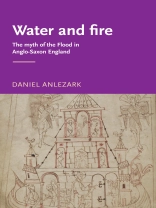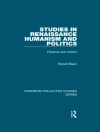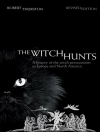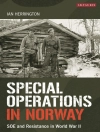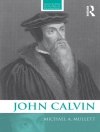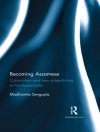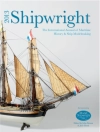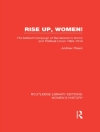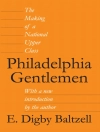Noah’s Flood is one of the Bible’s most popular stories, and flood myths survive in many cultures today. This book presents the first comprehensive examination of the incorporation of the Flood myth into the Anglo-Saxon imagination. Focusing on literary representations, it contributes to our understanding of how Christian Anglo-Saxons perceived their place in the cosmos. For them, history unfolded between the primeval Deluge and a future – perhaps imminent – flood of fire, which would destroy the world. This study reveals both an imaginative diversity and shared interpretations of the Flood myth. Anglo-Saxons saw the Flood as a climactic event in God’s ongoing war with his more rebellious creatures, but they also perceived the mystery of redemption through baptism.
Anlezark studies a range of texts against their historical background, and discusses shifting emphases in the way the Flood was interpreted for diverse audiences. The book concludes with a discussion of Beowulf, relating the epic poem’s presentation of the Flood myth to that of other Anglo-Saxon texts.
Jadual kandungan
Introduction
1. ‘You see the water, you see the wood’: The Bible and the Fathers
2. A Manifold Mystery: Bede on the Flood
3. Learning the lesson of the Flood
4. Flood, Covenant and Apocalypse in Old English Poetry
5. Planting Noah’s Seed
6. Beowulf and the Myth of the Flood
Conclusion
Mengenai Pengarang
Daniel Anlezark is Lecturer in English Studies at the University of Durham
